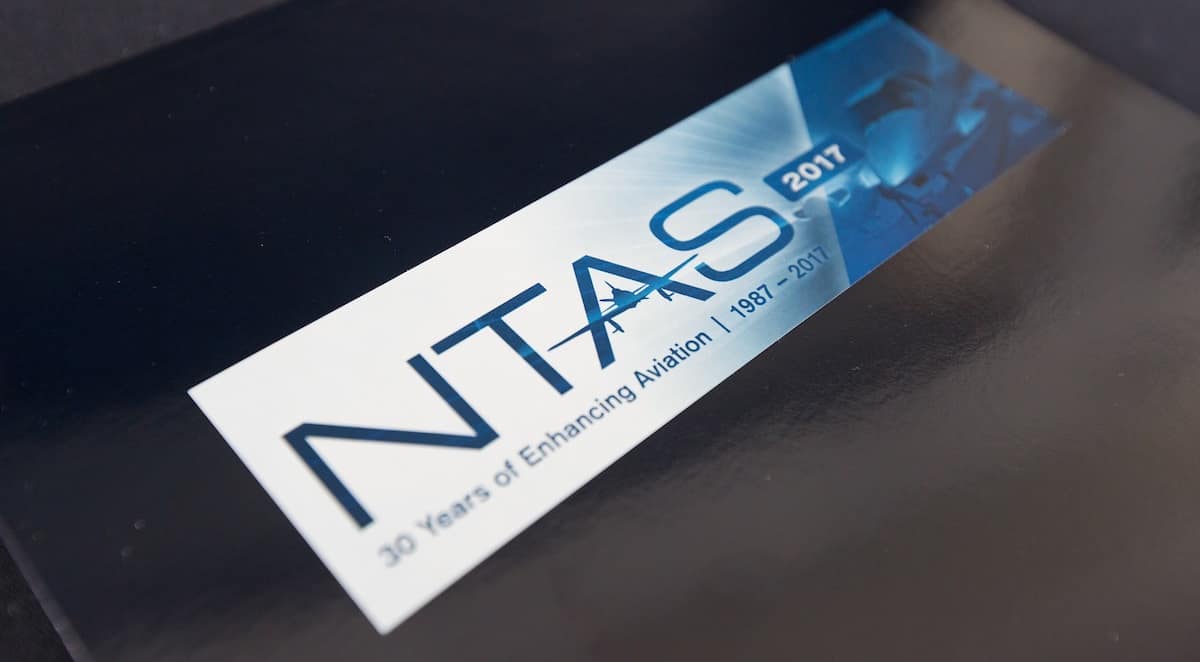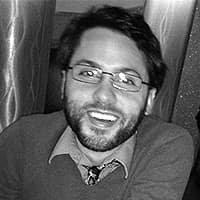Aviation Symposium Highlights Importance of Academic, Industry Partnerships

More than 100 aviation leaders from the U.S. and abroad are gathered at Embry-Riddle Aeronautical University’s Daytona Beach Campus this week for the 30th year of the National Training Aircraft Symposium (NTAS), an annual conference for academic and industry leaders.
Monday’s discussions focused on advances in flight training, human factors and flight operations, and flight simulation. Later in the day, attendees met with Embry-Riddle President Dr. P. Barry Butler, who stressed the importance of aviation groups working together.
“Academic research … coupled with industry — the people who make the simulators, people who write the policy — it makes it all work better,” he said. “You’re working in areas that are critical to all of us.”
Serving as a deep-dive exploration into the methods used to train future pilots, NTAS 2017 examines the techniques and technologies available to meet the industry’s growing needs. Those needs are quite clear, according to evening keynote speaker Mark Baker, president and CEO of the Aircraft Owners and Pilots Association (AOPA).
Since 1980, the number of active certificated airplane pilots in the United States has fallen from 827,071 to 593,499, as of 2016. In the same timeframe, the number of private pilot certificates issued dropped from 50,458 to 17,062.
But Baker sees opportunity in those numbers.
“We have the most robust airspace in the world,” he said. “We want to figure out how to bring the best practices across the country.”
Although a pilot shortage looms, the problem isn’t about simply attracting more aviation students, he said. It’s about creating an “optimal flight-training experience.”
AOPA currently has more than 800 flying clubs in its network, and there is camaraderie among those members, he said. They learn from and support one another. It’s a model he believes could help evolve the industry as a whole.
“It’s up to us to not just stay inside the fence — we need to reach outside the fence,” he said. “It’s the best time in general aviation to learn how to fly.”
Other featured speakers at this year’s event include former National Transportation Safety Board Chairman the Honorable Christopher A. Hart, U.S. Air Force Chief of Staff Maj. Gen. Tommy J. Williams, Federal Aviation Administration Manager of Air Carrier Training Systems Robert Burke, General Aviation Manufacturers Association Vice President for Global Innovation & Policy Gregory J. Bowles, and RAND Corporation Senior Policy Researcher Dr. Michael McGee.

 Mike Cavaliere
Mike Cavaliere